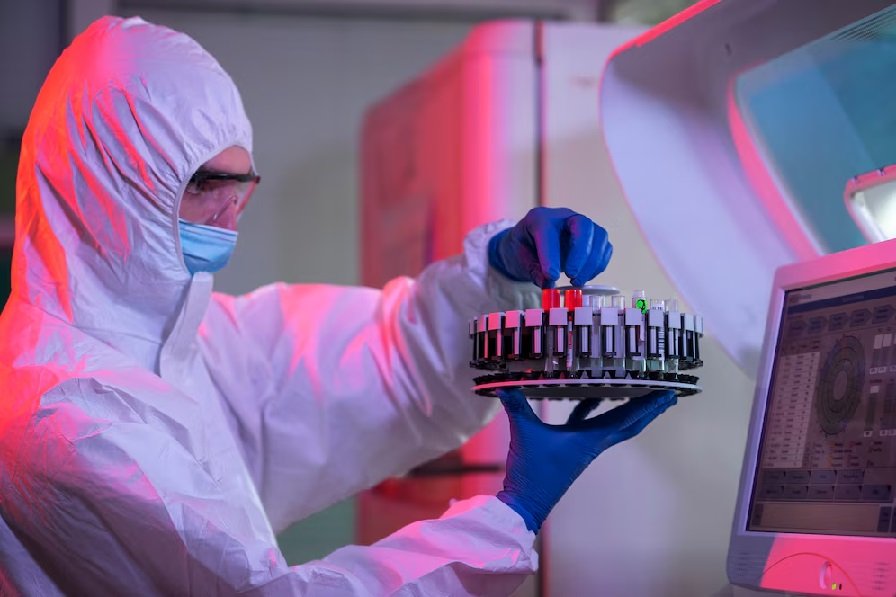The need for walk-in clinics has continued to rise in modern society as life demands faster services in health facilities. As mentioned, these facilities offer intermediate care between patients’ personal primary care providers and the emergency departments, offering efficient and optimal management of numerous conditions. Although, with emerging situations when people need immediate treatment, the issue of efficacy in the sphere of urgent care has become more crucial than ever before. Based on the subject of the article, it focuses on the growing multifaceted importance of urgent care in healthcare treatments. It emphasizes the importance of outcome efficiency in relation to fast and effective treatment.
Categorization of Emergency in Healthcare Interventions
These are centres that offer the service of an emergency physician for people who need immediate treatment but not an emergency that requires the attention of an emergency physician. These have the basic healthcare services that include but are not limited to fracture, infections, laceration, among others and varied from simple injuries to acute diseases. The main distinguishing factor of an urgent care center is that it provides its clients with swift triage and care without the long waiting hours typical of emergency rooms.
The element of speed is of paramount importance to urgent care, given that it deals with the prompt treatment of patient’s needs and the resolution of their concerns. Within this environment, medical imaging technology can be seen to play a centrally important role as it enables doctors to diagnose illnesses and diseases much faster and more efficiently. In as much as X-rays, ultrasound, MRI, and CT scans may sometimes be overused, they help hasten a patient’s diagnosis and overall treatment process in an urgent care facility.
Urgent Care and the Use of Medical Imaging Technology
The advancement in imaging in the medical field has advanced the way each of these urgent care centres approaches the toughest medical conditions. The application of X-rays to identify conditions such as bone fractures and pulmonary diseases can be done quickly, implying that treatment modalities can also be planned apace. Ultrasonography provides real-time evaluation of the structures of the body. It shows good detail of soft tissues, giving assistance in the assessment of abdominal pain, trauma, and complications related to pregnancy. On the other hand, CT scans present cross-sectional images that cannot be replaced, especially when one needs to check for internal injuries, infections, or neurological disorders.
Integrating Advanced Medical Imaging Technology: It is pertinent to suggest that integrated application of imaging demands multitier strategies, especially in managing conditions presented in the urgent care unit. This makes it mandatory for healthcare professionals to undertake thorough training in the use of imaging instruments and in the assessment of images. Furthermore, integrating radiologists and other subspecialists into the picture ensures concordance of imaging results interpretation and enhances the uniform interprofessional management of patient cases.
Challenges and Solutions in Implementing Imaging Technology
That said, it is important to understand that there are some difficulties related to the immediate implementation of technological means for medical imaging in the context of urgent care. The practical implementation is currently constrained by the lack of available space, high costs, and regulations, all of which keep these techniques from being implemented in more specialized equipment. Furthermore, strict ionizing radiation protection and reducing the hazards of exposure play an important role in comprehensible urgent care.
To this end, there is a need to look for appropriate measures, such as mobile imaging units, to ease the challenges involved. Moreover, using cloud imaging systems to create image networks leads to simpler storage and access of images, thus improving the flow of processes in healthcare and communication among providers.
Novel Features of Urgent Medical Facility
As for the future of urgent care, there are still more improvements in store as medication and infrastructures develop in technology and services. Such trends as Telemedicine and point-of-care diagnostics are attractive as they present an opportunity to increase access to timely urgent care services and subsequently enhance patient satisfaction. Also, combining artificial intelligence and machine learning in medical imaging techniques improves diagnostic outcomes, allowing vitals to progress in personalized medicine in urgent care services.
Wrapping Up
Looking at the conditions under which healthcare firms establish themselves in the already compacted market of urgent medical facilities, effectiveness and medical imaging technology are important in delivering healthcare services to patients. While looking for affordable medical imaging equipment that offers a safe, dependable, and cost-effective solution to healthcare providers, one can find new, used, and rebuilt diagnostic imaging equipment and imaging equipment parts at APlus Medical. Being one of the prominent companies in the industry, they are focused on delivering the needed support and cooperation for hospitals, clinics, and independent practices available around the globe. Visit aplusmedical.biz space to peruse through their rifts and learn how they can meet all your medical product requirements.



